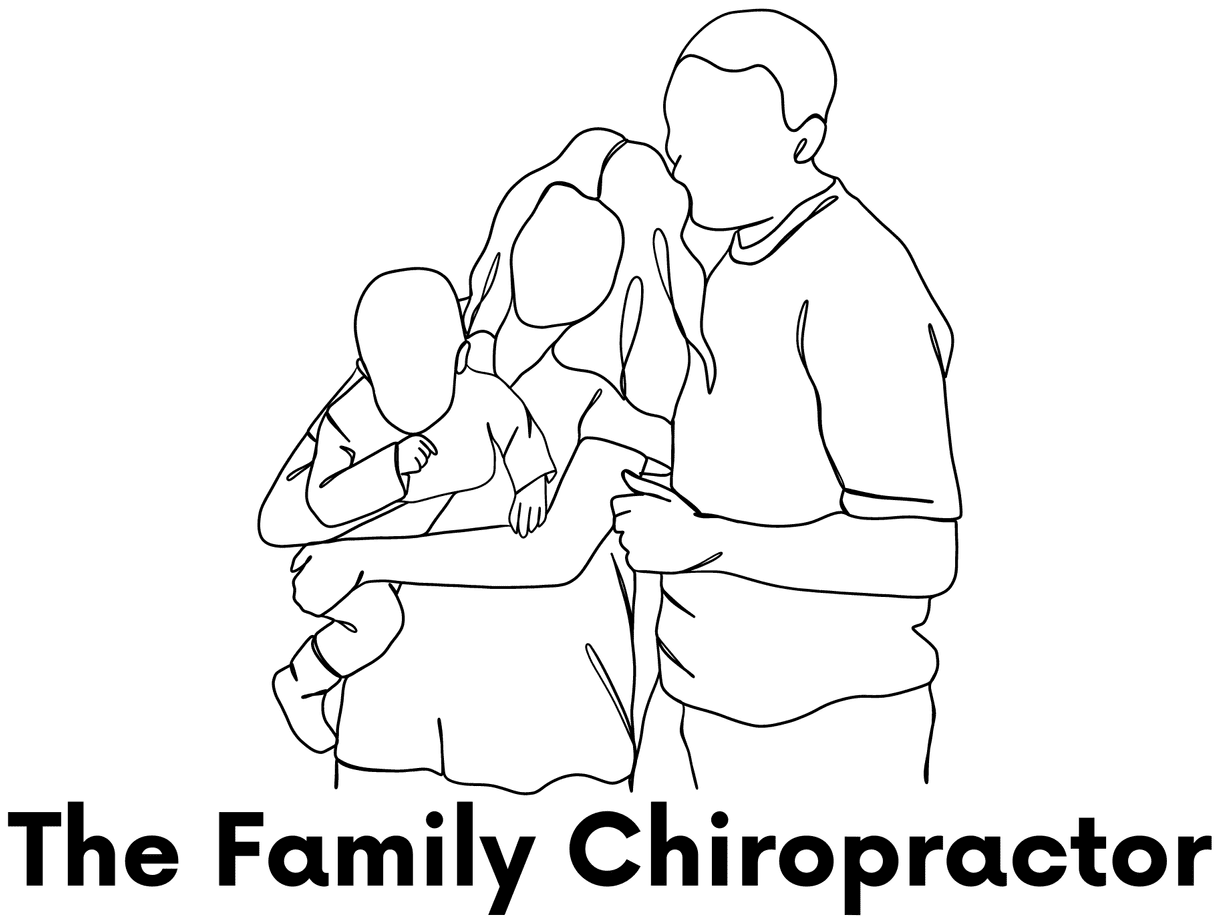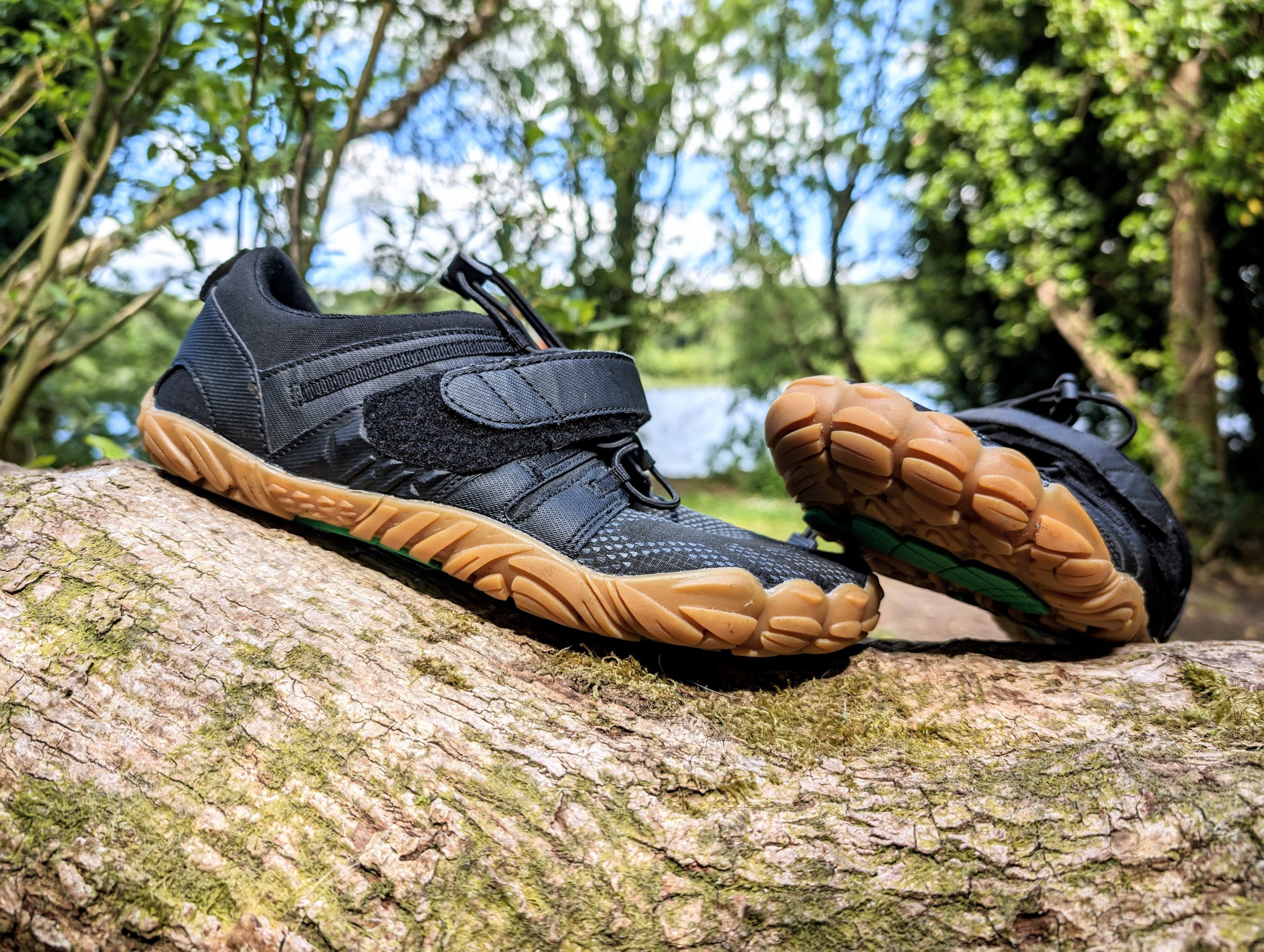Short tongue tie in babies: what is it and how can chiropractic help?
A tongue tie that is too tight or too short, also known as ankyloglossia or tongue tie, is a condition in which the tissue that attaches the bottom of the mouth to the tongue (the tongue tie) is too tight or too short. Normally, the tongue tie separates before birth, allowing the tongue a free range of movement. With a tongue tie, however, the tongue tie remains attached to the underside of the tongue. This restricts the movement of the tongue, which can lead to various problems in babies.
A chiropractor checks a baby's spine. Often chiropractic can help babies with a short tongue tie
In this blog, we discuss the most common problems caused by a short tongue tie in babies and explain how surgery can be prevented in many cases through the supportive role of chiropractic care


What is a short tongue tie (ankyloglossia/tongue tie)?
The tongue strap is a thin piece of tissue that connects the tongue to the bottom of the mouth. In some babies, this strap is too short or too tight, preventing the tongue from moving freely. This can result in problems such as:
Difficulty with breastfeeding: Restricted tongue movement can make it difficult for the baby to grasp the nipple properly and suck on it hard enough, leading to insufficient feeding and weight loss.
Restless drinking and gas formation: Babies with a short tongue can take in a lot of air while drinking, which can result in stomach cramps and flatulence. Babies can suffer a lot from this, which can also make them very restless and irritable outside drinking.
Speech problems later in life: Although less common, an untreated short tongue can affect the articulation of certain sounds later in life.
Disadvantages of tongue-tie cleaving / tongue-tie cutting
In the Netherlands, if a short tongue tie causes problems, it is very soon advised to cut the tongue tie, a procedure known as tongue-tie cleaving or frenotomy. This is a medical procedure in which the tongue tie is literally cut or severed. In babies, this is considered a 'routine' operation; in older children and adults, a more extensive procedure may be needed, sometimes with sutures and/or laser treatment.
Within chiropractic however, we always try to avoid surgery and we first try to solve this problem naturally, non-invasively. In fact, in many cases, chiropractic can provide support for the (breastfeeding) problems, thus avoiding the need for surgery. Indeed, although tongue-tie cleavage is sometimes necessary, there are also disadvantages and risks to consider. Possible disadvantages tongue-tie clefts include risk of infection, bleeding and pain and discomfort for the baby. There is also uncertainty about the effectiveness of cleaving. There is also debate among doctors about the effectiveness of the surgery, and some medical professionals doubt whether the treatment actually solves problems with, for example, (breast) feeding.

How chiropractic can help with a short tongue tie
Below we discuss several ways in which chiropractic care can potentially help prevent surgery, or support a baby after surgery that has not had the desired effect. Chiropractors who specialise in paediatric care can help in the following ways:
Improve brain signals to tongue muscles: tightness in the tongue is not only caused by problems with the tongue tie itself, but can also be caused by the transmission of signals from the cranial nerve not being optimal. Brain nerve XII is responsible for the movement of the tongue muscle. Chiropractic corrections at the intra-oral cranial bones and the soft tissue of the baby's neck can improve the signals from the brain so that your baby can relax the tongue better, allowing a baby to latch on better when breastfeeding
Alignment of the bone and joint structures attached to the tongue: the tongue muscle is attached to the bones of the head and neck. If these bone structures are not in an optimal position, the soft tissues attached to them can become deformed. This can restrict the movement of the tongue and is known as a "biomechanical tongue strain". Proper alignment of the bone structures of the head and neck allows for more movement By applying gentle techniques, the mobility of the muscles, nerves and joints involved in sucking and swallowing can be optimised.
Reducing compensatory behaviour: babies with a short tongue tie may develop tension in other parts of the body as compensation for the restricted tongue movement. This makes the baby even more restless and tense, creating a vicious cycle and problems that are not directly due to the short tongue tie, but rather to the compensatory behaviour that follows. Chiropractic treatments can help reduce these tensions and break the accumulation of problems.
Rule out the frenulum (tongue tie) as the culprit: this one may seem out of place in this list at first glance, but it is very relevant. Although this is often overlooked, the tongue tie itself is not always the cause of tongue restriction. A tight jaw or misaligned vertebra (subluxation) can also be the reason that tongue movement is restricted. A chiropractor can assess the entire situation in the mouth prior to tongue-tie surgery, which can sometimes lead to the conclusion that the tongue-tie is not the basis for the problems.
Improving results after tongue-tie cleavage: In our practice, we also see many people who had never heard of a chiropractor, and whose baby has already had surgery without achieving the desired effect. A chiropractor can offer support in this case too.After the tongue-tie has been cut, the baby must learn to use the tongue correctly. Chiropractic can support this process by keeping the muscles and joints involved supple and functional. It also aids wound healing and helps the body cope with the change in anatomy caused by the surgery.




